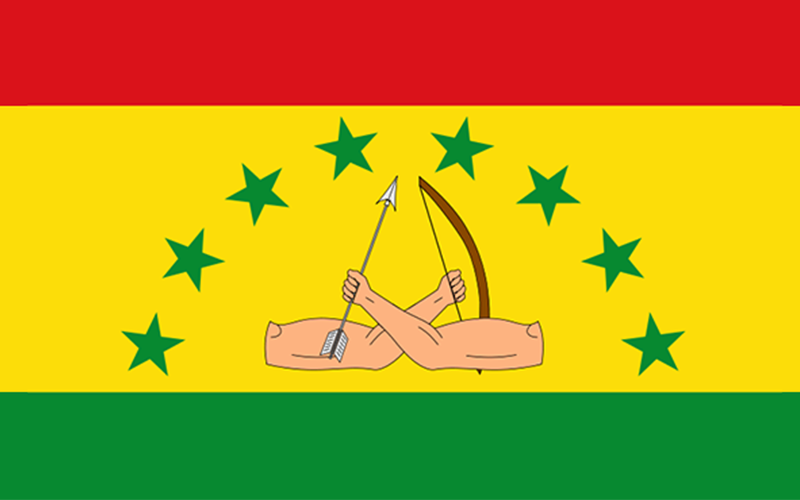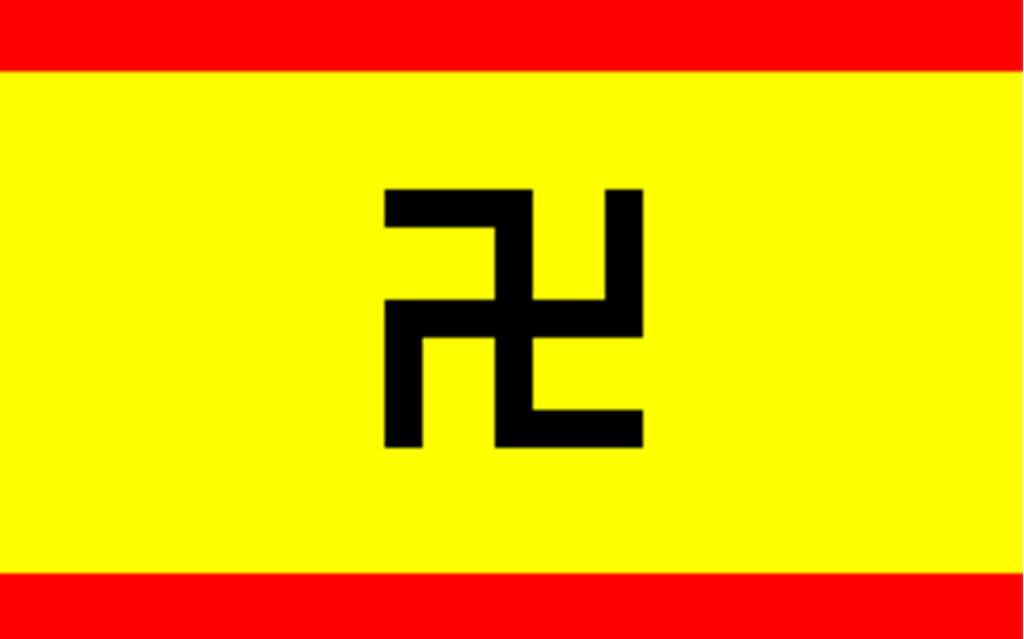The Guna Yala Flag holds great historical and cultural significance for the Guna people. Born out of the Guna Revolution in 1924, this flag reflects both unity and resilience. During this time of struggle, Chief Simral Colman, a prominent Guna leader, asked his wife and granddaughter to create a flag that would symbolize the Guna spirit and pride. This led to the creation of two flags: one representing Guna Yala and another representing the Guna Revolution.
The Two Guna Yala Flags: Symbols of Pride and Resistance
The Guna Yala region recognizes two official flags: the Guna Yala Flag and the Revolution Flag. Both were created with deep respect for the Guna people’s heritage. On August 10, 1924, Guna leaders, known as the Saglagan, gathered to discuss the official Guna Yala Flag, designed by Olo Ebinguili, Simral Colman’s wife. Interestingly, the flag was unknown to many until 1989, when it gained recognition as a symbol of the Guna’s rich history.
Meaning Behind Its Colors and Symbols
 The Guna Yala Flag displays three horizontal stripes—red, yellow, and green—with two crossed forearms and eight stars at the center. Each color and symbol represent essential values for the Guna community:
The Guna Yala Flag displays three horizontal stripes—red, yellow, and green—with two crossed forearms and eight stars at the center. Each color and symbol represent essential values for the Guna community:
- Red Stripe: Represents the blood shed by Guna ancestors in the fight for their land.
- Yellow Stripe: Symbolizes the land’s wealth, including its gold, as a reminder of the Guna people’s strength.
- Green Stripe: Reflects the lush forests of Guna Yala, a source of life and unity.
- Left Forearm: Stands for the spirit of Igwaoginyabibbiler and Chief Simral Colman’s leadership.
- Right Forearm: Represents Nele Kantule, who carried on Colman’s fight for justice.
- Eight Stars: Symbolize the Ibeler brothers, who, according to Guna stories, defended Mother Earth against evil forces.
Story of the Spirit of Resistance
 The second Guna Yala flag, known as the Guna Revolution Flag, was created by Waga Ebingili at age 11. Legend says he dreamed of a flag with three red stripes, a white center, and a black cross. Upon sharing this vision with his grandfather, they interpreted its meaning:
The second Guna Yala flag, known as the Guna Revolution Flag, was created by Waga Ebingili at age 11. Legend says he dreamed of a flag with three red stripes, a white center, and a black cross. Upon sharing this vision with his grandfather, they interpreted its meaning:
- Red Stripes: Represent the blood spilled by Guna fighters during the revolution.
- White Stripe: Signifies the peace and purity that the Guna people uphold as a guiding principle.
- Black Cross: Reflects the suffering of those who fought against oppression.
Later, the white stripe was replaced by yellow to represent prosperity. Today, the Guna Revolution Flag remains widely recognized across Panama. Although some find the black cross controversial, it purely represents the Guna people’s struggle for justice and unity.
February: A Month of Celebration and Reflection in Guna Yala
Each February, Guna Yala celebrates the Guna Revolution, an event that unites the region in honoring their culture. This month allows Guna families to share stories of the past and celebrate their rich heritage. The Guna Yala Flag flies proudly throughout the region as a testament to their commitment to freedom, tradition, and community.
By understanding the history of the Guna Yala Flag, we connect with the identity and spirit of the Guna people. If you’d like to explore more about Guna traditions, follow us on social media and share this article with others!





